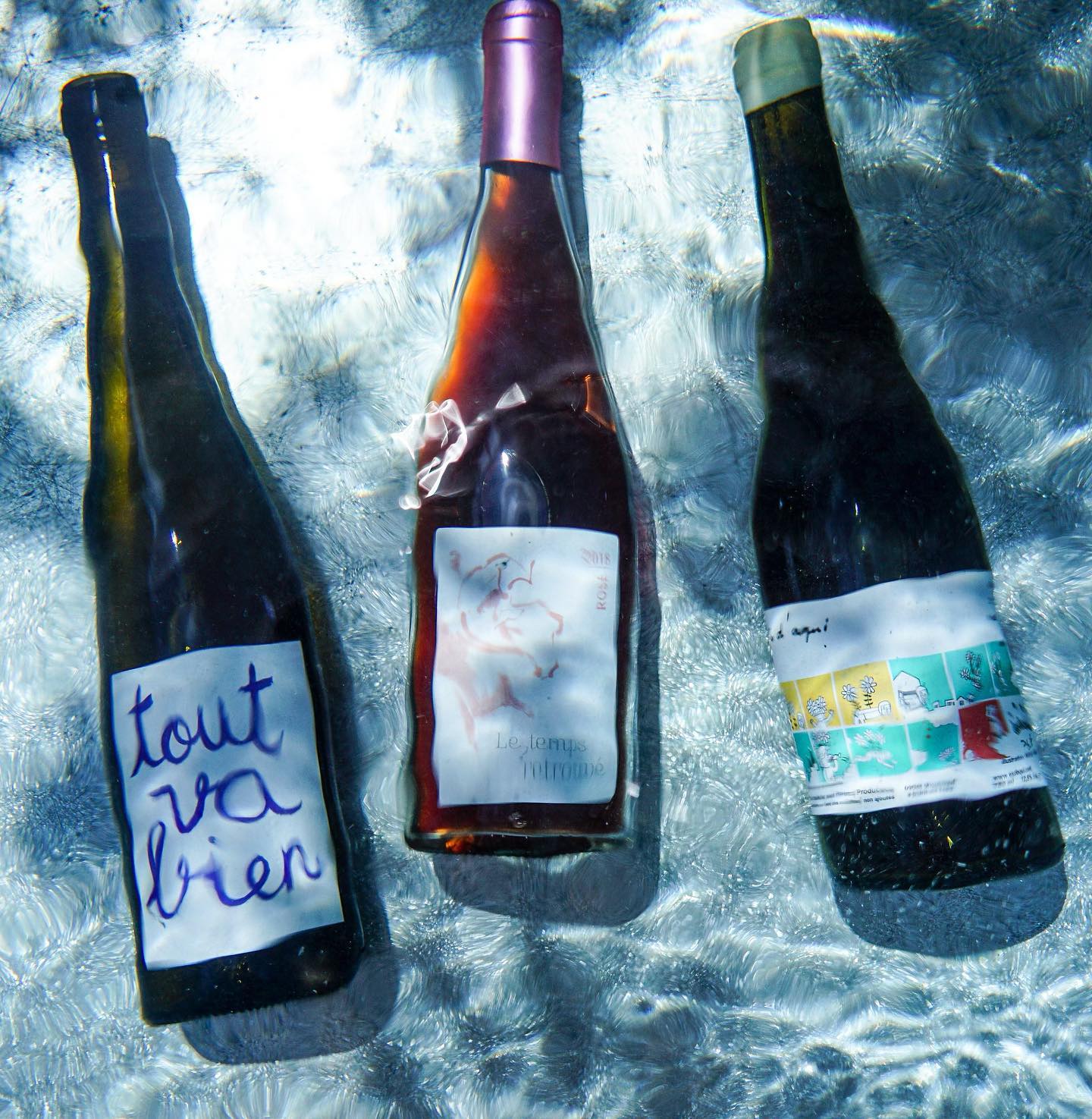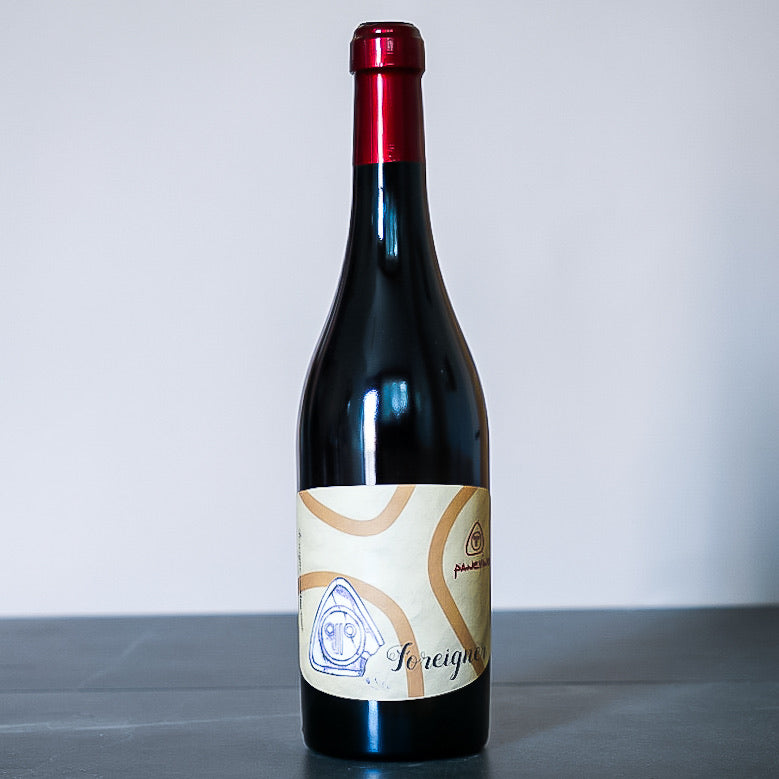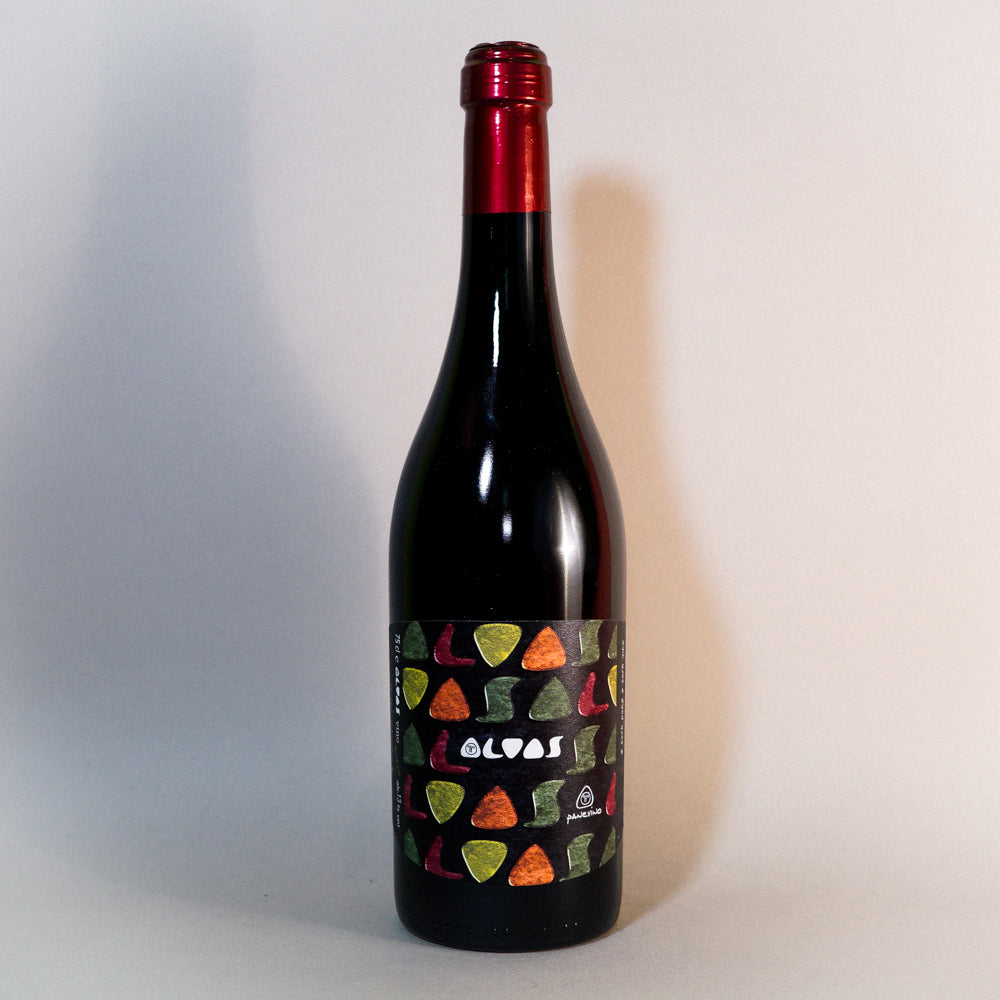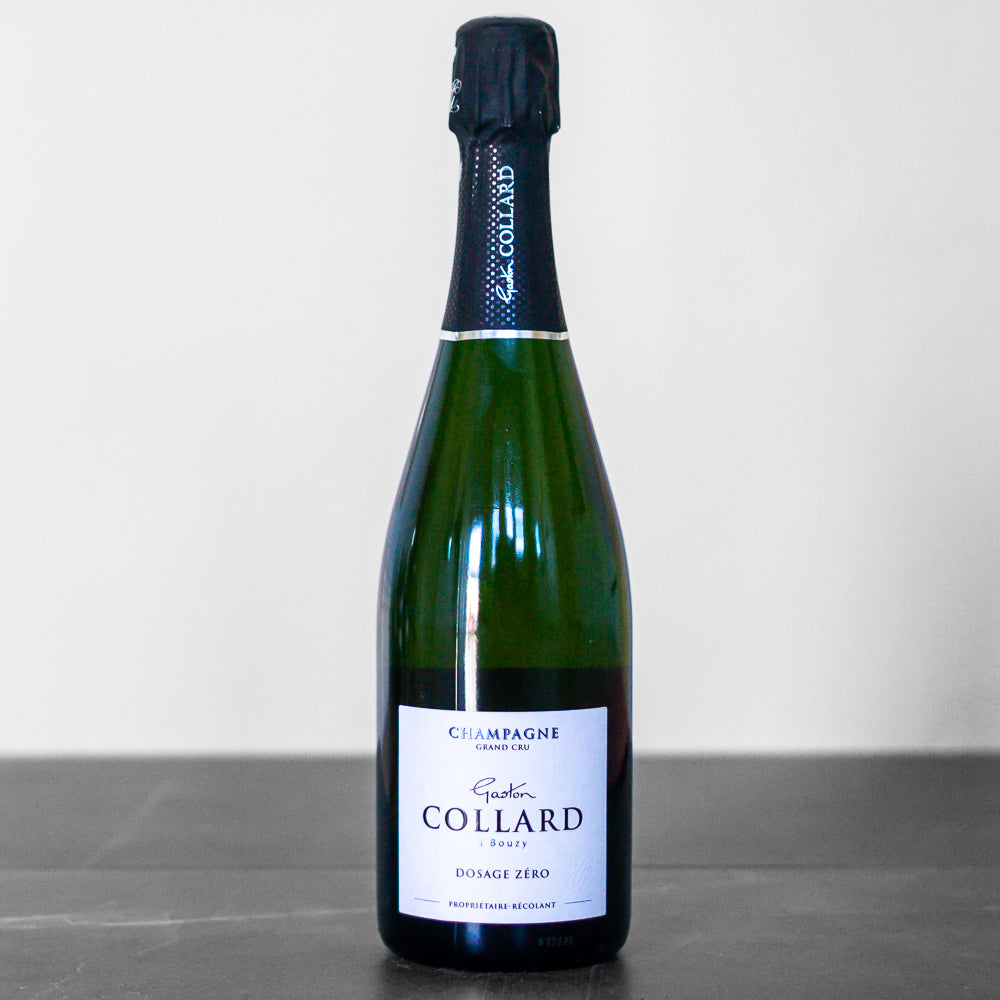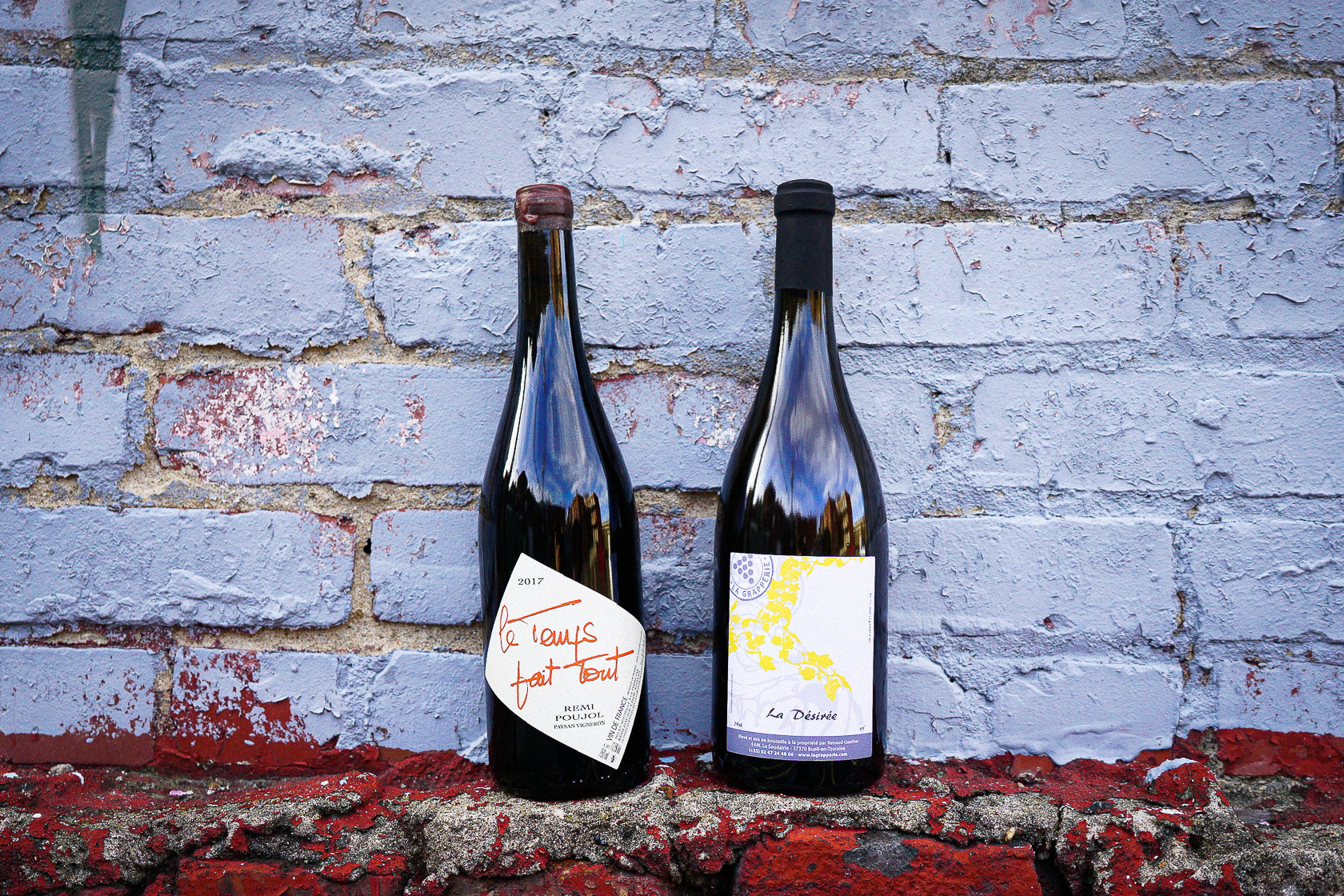Delightful blend of Zweigelt and Pinot Noir naturally fermented to give this juicy yet light red uplifting cranberry fruit and fresh acidity.
Anna and Martin Arndorfer
Martin and Anna Arndorfer are open-minded, curious, and committed to nature: these qualities have established them as some of the most sensitive and forward-thinking of winemakers in northern Austria. Both Martin and Anna come from a long line of vignerons (Anna is from the Steininger family), and their travels before taking over Martin’s family winery were formative, introducing them to progressive ideas on farming and vinification. Their personal experiences and family backgrounds, paired with their strong and creative personalities, caused the duo to break sharply with Kamptal tradition when they returned home to forge their own path. Now, in a short span of years, Arndorfer is one of the brightest stars in the natural wine world and a reference point for the new generation of Austrian winemakers.
The winery’s ethos comes from the belief that profound wine must be a pleasure to drink and a pleasure to make, and it shows in the wines. You can tell they’re having fun, given the diversity of their offerings, the constant exploration and refining of their expressions of different sites and varieties. They aim to carry “the message from the vineyard” in its fullest form, and their path is minimalism in the cellar. Specifically, this means no sulfur added at crushing, no fining of the must, no adding yeast or even a ‘pied de cuve,’ no stopping malo, no cold stabilization, the very gentlest (if any) filtering, and no additions beyond small levels of sulfur at bottling. Especially in Austria, which is still relatively conservative in winemaking overall, a lot of producers consider this very risky, but Martin & Anna aren’t concerned–they are confident their wines develop their own microbial stability through a lack of manipulation.
All the wines come from estate vineyards in the Kamptal, however, the Arndorfers have long since stopped caring if the wines are deemed “typical” enough to carry the appellation. The Kamptal is a cool climate region, named after the Kamp river, which flows through the area before emptying into the Danube. Very high diurnal shifts create thick skins in fruit here, which leading to powerful aromas and strong acidity. Microclimates, however, change considerably from hillside to hillside, vineyard to vineyard; altitudes range from 200 to nearly 500m. Small valleys between the hills work like channels, where cold winds from the northern regions chill the vineyards during the night. The Arndorfer winery and vineyards are located in and around the village of Strass im Strassertale–an area with a special microclimate, the first south-facing slopes near the Danube flats. This whole area is defined by the unique combination of the very old mother rock of the Bohemian Massif and the particular, continental influence of the Pannonian climate.
As Anna and Martin eloquently put it, “Because of our experience that nature is the strongest force, we love to work with her. Because of the knowledge that soil is the most intelligent thing we deal with, we’ve decided to trust him. Because of our beliefs that plants nourish our soils, we let them grow. With these ideas and confidence, we don’t interact in the cellar, which lets our wines transport the natural taste of the grape. These decisions we make by ourselves, and we let our personalities speak in our wines. We think that winemakers are artisans, or even artists. Their work requires creativity, sensitivity and an enormous amount of personality. Everything you would attribute to an artist… We have made it our task to produce wines that unite origin and passion, wines that arouse curiosity in the wine world across the globe.”
The Arndorfers’ philosophy gets them into a bit of trouble with the establishment in Austria, but they’re so gracious and non-confrontational that it hasn’t been a huge setback; there are no big fights with the authorities about what goes on the label, and so on. They’ve long ago accepted that the Arndorfer style may not be adopted by the mainstream in the near future (or ever), and if that means they can’t put the appellation on the label in certain cases, so be it. It is much more important to them to remain “free, creative, and independent” and to follow their ideas. Martin says, “For economics, it seems crazy and stupid. But so far the world has been big enough to find people interested in other styles.”



